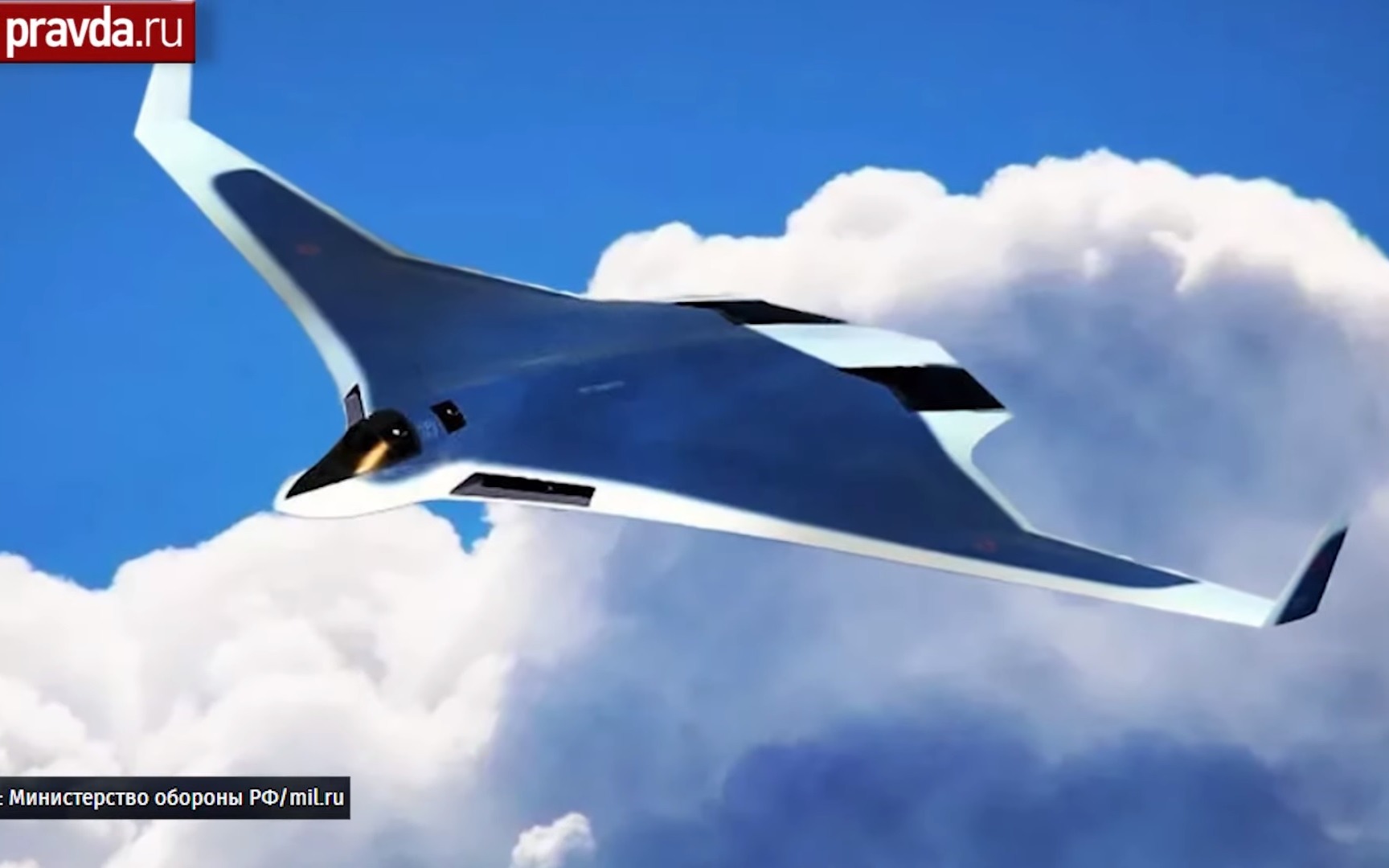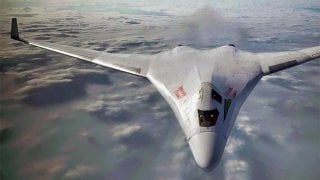Russia's PAK DA Stealth Bomber Might Never 'Bomb' Anything for 1 Reason
The B-2 Spirit bomber revolutionized strategic warfare with its stealth and nuclear capabilities, prompting Russia to develop its own stealth bomber, the Tupolev PAK DA.
Summary and 5 Points You Need to Know: The B-2 Spirit bomber revolutionized strategic warfare with its stealth and nuclear capabilities, prompting Russia to develop its own stealth bomber, the Tupolev PAK DA.

-Currently, a prototype of the PAK DA is near completion, aiming to make Russia the second country to field a stealth bomber.
-While Russia is a major player in aerospace engineering, it has lagged in stealth technology compared to the U.S.
-The PAK DA, designed with a flying-wing style similar to the B-2 and B-21, is expected to have a low radar cross-section.
-However, production challenges and the ongoing conflict in Ukraine may delay its mass production beyond the projected 2027 timeline.
Russia’s Answer to the B-2: The Tupolev PAK DA Stealth Bomber
When the B-2 Spirit was introduced, the flying-wing bomber forced America’s opponents to make defensive adjustments. The B-2 offered an entirely new strategic element. It was the first aircraft that had both stealth technology and the ability to carry a nuclear payload, meaning in essence that the B-2 could end worlds without ever being detected.
The Russians were especially concerned about the B-2, worried that the stealth bomber would be used for deep penetration missions against Moscow or St. Petersburg. Accordingly, Russia was eager to introduce a peer aircraft, something that could help mitigate the advantage the B-2 gave the Americans.
Decades later, Russia is finally building an answer to the B-2 Spirit: the Tupolev PAK-DA, a stealth bomber capable of carrying a nuclear payload.
Prototype on the Way
Tupolev is understood to be nearly finished with a PAK DA prototype aircraft. The company intends to build up to six more aircraft. If Tupolev can pull off the PAK DA, Russia would become just the second nation, behind the U.S., to introduce a stealth bomber. Even China, whose military capabilities have been improving at a rapid clip, has yet to introduce a stealth bomber, although the Xi’an H-20 is currently under development.
Russia is no stranger to aerospace accomplishments. It is arguably the second most accomplished nation with respect to aerospace (and astrospace) engineering. But in the realm of stealth, the Russians have never come close to matching American capabilities. The U.S. has not only led the way on stealth technology, but has stood head and shoulders above the rest since introducing the F-117 Nighthawk and B-2 Spirit about three decades ago.
Today, the U.S. commands a fleet of stealthy fifth-generation fighters, the F-35 Lightning II and the F-22 Raptor. The B-21 Raider, a new flying-wing stealth bomber slated to replace the B-2 within the next decade, is undergoing flight tests.
All told, the Americans are about a full generation ahead of the Russians (and Chinese) on stealth bombers. Both Russia and China are rushing to catch up, but designing a stealth bomber is much easier than producing or fielding a legitimate, undetectable bomber. Intelligence suggests that Russia is closer to completing the PAK-DA than the Chinese are to completing the H-20, but with the program so obscured from public view, who really knows.
Very little is known indeed about the PAK DA. What we do know is that the airframe has been crafted in the same flying-wing style as the B-2 and B-21, so we can expect the PAK DA to have a low radar cross section and to cruise at subsonic speeds. Again, easier said than done. The Russians are not known for their stealth accomplishments; their only stealth fighter, the Su-57, is rated as the worst stealth performer of all existing stealth aircraft.
The PAK DA is slated to enter mass production before 2027, but that feels like wishful thinking. Russia has a history of slow weapons program rollouts, and the ongoing war of attrition in Ukraine is burning through resources and industrial capacities that might otherwise be used to produce a stealth aircraft.
About the Author: Harrison Kass
Harrison Kass is a defense and national security writer with over 1,000 total pieces on issues involving global affairs. An attorney, pilot, guitarist, and minor pro hockey player, Harrison joined the US Air Force as a Pilot Trainee but was medically discharged. Harrison holds a BA from Lake Forest College, a JD from the University of Oregon, and an MA from New York University. Harrison listens to Dokken.
Image Credit: Creative Commons.


